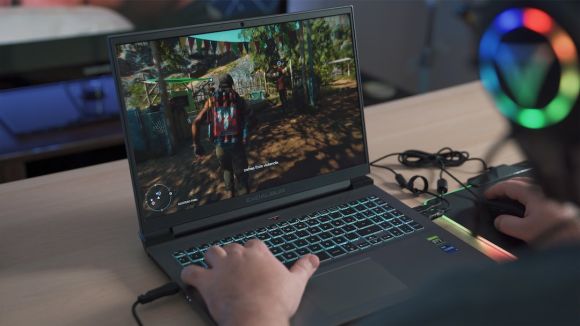Mobile app UI design is constantly evolving, with new trends and techniques emerging all the time. As technology advances and user expectations grow, it’s important for designers to stay ahead of the curve. In this article, we will explore some of the upcoming trends in mobile app UI design that are set to make waves in the industry.
Simplification and Minimalism
One of the most prominent trends in mobile app UI design is the move towards simplicity and minimalism. Gone are the days of cluttered and overcrowded screens. In today’s fast-paced world, users want apps that are clean, intuitive, and easy to navigate. Designers are embracing this trend by using ample white space, minimalist color schemes, and simple typography to create a more streamlined and user-friendly experience.
Dark Mode
Dark mode has gained immense popularity in recent years, and it’s no surprise that it’s becoming a prominent trend in mobile app UI design. Dark mode not only looks sleek and stylish, but it also has practical benefits such as reducing eye strain and conserving battery life. Designers are incorporating dark mode into their app designs to provide users with a more visually appealing and customizable experience.
Microinteractions
Microinteractions are small, subtle animations or visual cues that provide feedback to users. They add a touch of delight and enhance the overall user experience. From a simple button animation to a complex loading screen, microinteractions can make a significant difference in how users interact with an app. Designers are increasingly incorporating microinteractions into their app designs to create a more engaging and interactive experience.
Gesture-Based Navigation
With the rise of smartphones with edge-to-edge displays and the removal of physical buttons, gesture-based navigation has become a popular trend in mobile app UI design. Users are now accustomed to swiping, pinching, and tapping to navigate through apps. Designers are embracing this trend by creating intuitive and seamless gesture-based navigation systems that enhance the user experience and make app interactions more natural and fluid.
Immersive User Interfaces
Immersive user interfaces are another trend that is set to dominate mobile app UI design. These interfaces create a more engaging and captivating experience by utilizing features such as 3D graphics, augmented reality, and virtual reality. Designers are leveraging these technologies to create apps that transport users to a whole new world, providing them with a unique and immersive experience.
Thumb-Friendly Design
With the increasing popularity of larger smartphones, designers are focusing on creating thumb-friendly designs. Users often hold their phones with one hand and use their thumb to navigate, so it’s important for designers to consider the ergonomics of app interfaces. This includes placing frequently used elements within easy reach of the thumb and designing buttons and menus that are easy to tap.
Inclusive Design
Inclusive design is an important trend in mobile app UI design that focuses on creating apps that are accessible to a wide range of users, including those with disabilities. Designers are incorporating features such as voice commands, screen readers, and adjustable font sizes to make their apps more inclusive and ensure that everyone can use them.
In conclusion, the world of mobile app UI design is constantly evolving, with new trends and techniques emerging all the time. From simplification and minimalism to dark mode and immersive user interfaces, these trends are set to shape the future of mobile app design. Designers who embrace these trends and stay ahead of the curve will be able to create apps that are not only visually appealing but also provide users with a seamless and enjoyable experience.





